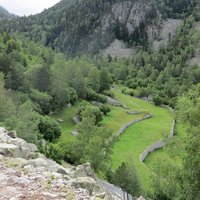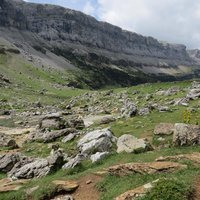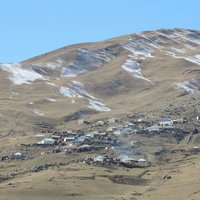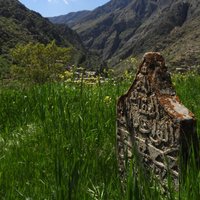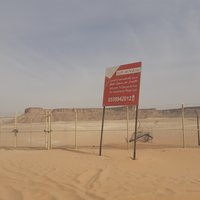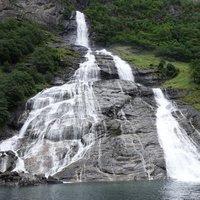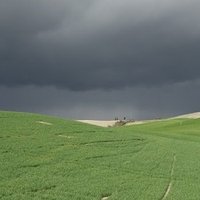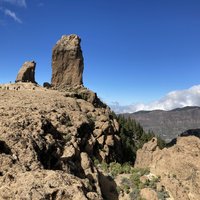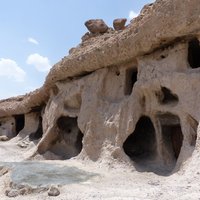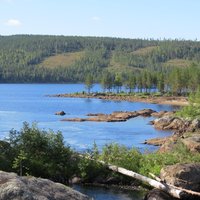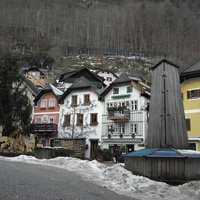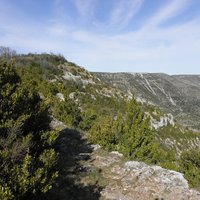Connected Sites
-
"The centuries-old transhumant system of grazing continues within the area. with frequent movement of herds across the French-Spanish border." (AB eval)
-
an outstanding example of a type of transhumance that was once widespread in the mountainous regions of Europe, but which today is rare (OUV)
-
Includes "the connecting transhumance route, called Köç Yolu (“Migration Route”)." (AB ev)
-
seasonal vertical migration (AB ev)
-
"A large number of tapered structures are dated to the second half of the 3rd millennium BCE and continued into the early 2nd millennium BCE. These possibly suggest the presence of transhumance routes radiating in different directions around the proto-oasis." (AB Ev)
-
Remnants of old and now mostly abandoned transhumant farms add a cultural aspect to the dramatic natural landscape (OUV)
-
"Farmers practiced transhumance with routes to Meremma and l'Amiata." (AB Ev)
-
Route section Nasbinals-St.-Chély d'Aubrac: The descent towards the Lot valley begins with a transhumance trail which reaches Saint-Chély at an altitude of 800 m on the Boralde. (Nomination file)
-
Transhumance routes, which clearly date from ancient times, and troglodyte cisterns, are still used by local livestock breeders (AB ev)
-
"...reflects a traditional three phase transhumance system with unusual troglodytic winter housing in a dry desert environment" (AB)
-
one of the last and unquestionably the largest and best preserved examples of an area of transhumance (OUV)
-
"The beauty of the alpine landscape, with its higher pastures used for the summer grazing of sheep and cattle since prehistoric times as part of the process of transhumance, which still today gives the valley communities rights of access to specific grazing areas (...)" (Official description)
-
"The northern part of the Cévennes NP encompasses the grazed granite uplands around Mont Lozère. Here (is) .. good summer grazing by large flocks of sheep travelling north from farms to the south of the National Park in Languedoc near the coast, a system of transhumance that has persisted since the 12th century"

